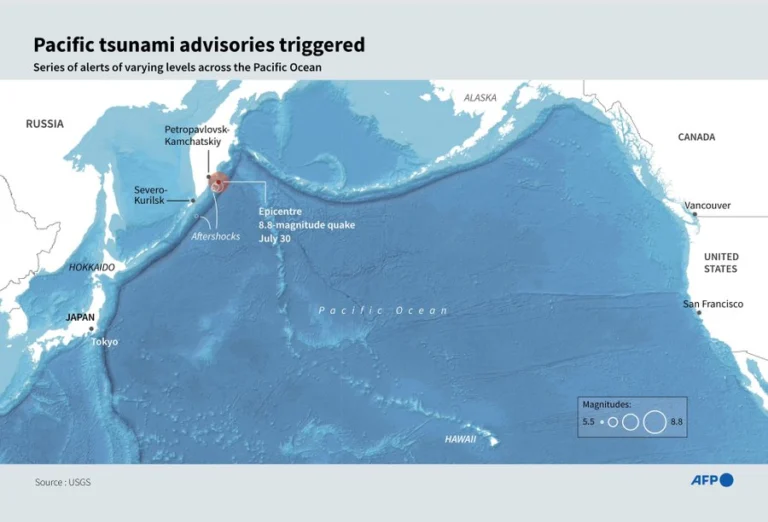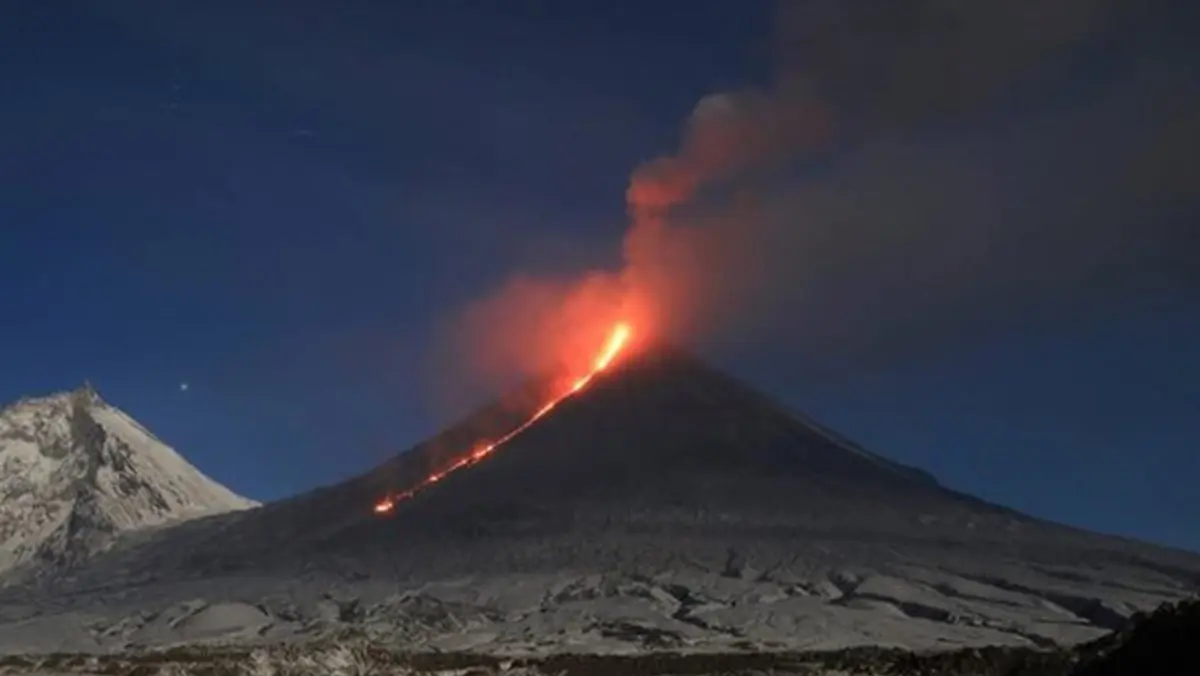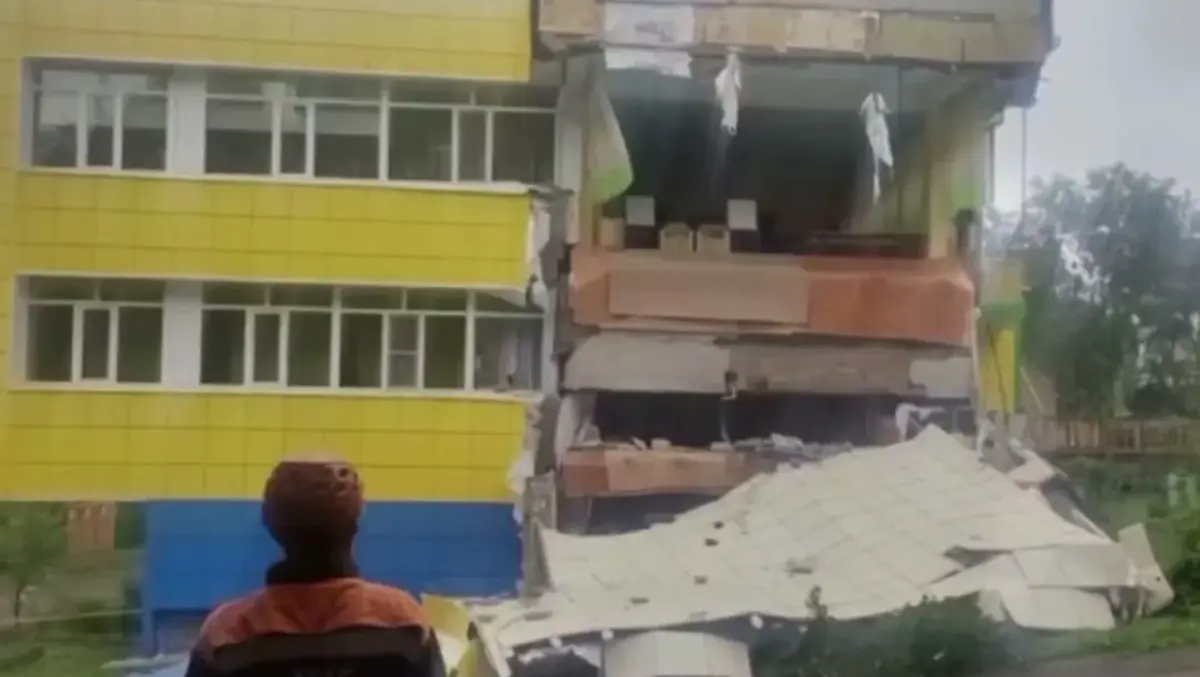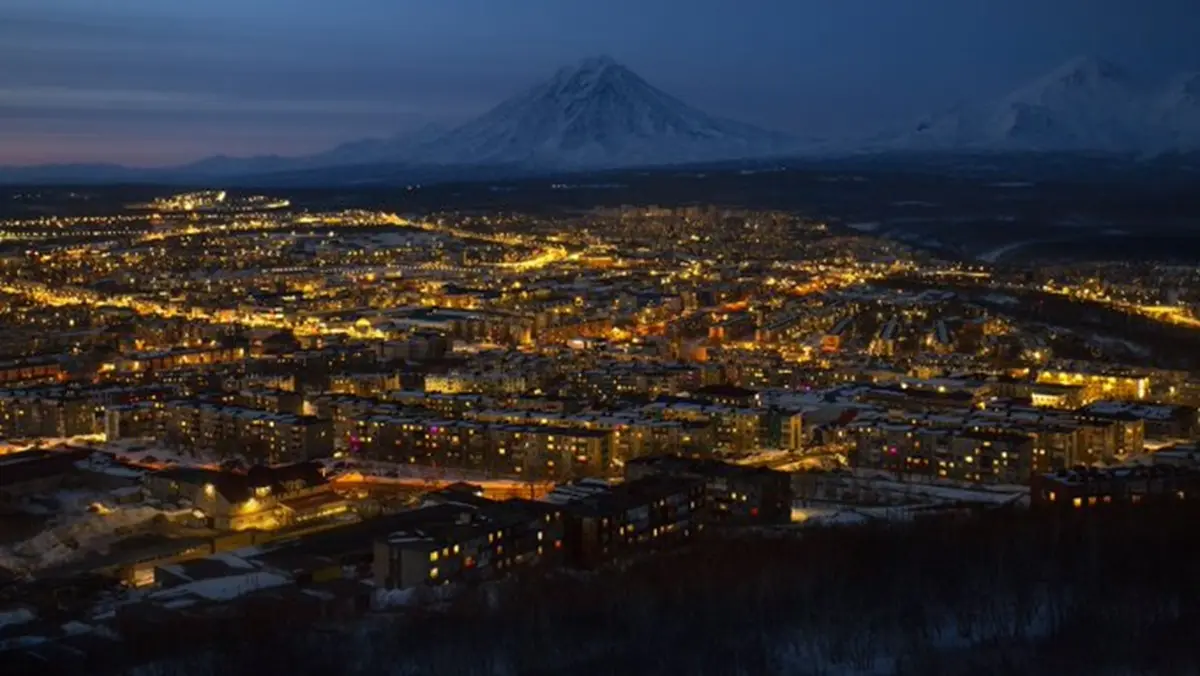Massive Russia Quake Sparks Tsunami Alerts Across Pacific
Tsunami warnings issued from Japan to Mexico after massive Kamchatka earthquake; evacuations and emergency measures underway.

Seismic shock off Kamchatka sets off tsunami chain reaction across Pacific coasts. Photo: @AFP
July 30, 2025 Hour: 12:51 am
A magnitude 8.8 earthquake off Russia’s Kamchatka Peninsula has triggered tsunami alerts and coastal evacuations across Pacific nations, from Japan and Mexico to the United States and Taiwan.
RELATED:
Memories of Underdevelopment: A Cinematic Masterpiece That Reimagined Post-Revolutionary Cuba
The powerful undersea quake, located 136 kilometers from Petropavlovsk-Kamchatsky in Russia’s Far East, is the strongest seismic event recorded globally since Japan’s 2011 Tōhoku disaster. Waves between three and four meters have already impacted the Russian coastline.
Japan’s Meteorological Agency (JMA) issued a high-level tsunami warning, forecasting waves up to three meters along much of the country’s Pacific coast. Evacuation orders were enacted across the southeastern and central regions, including Hokkaido, Aomori, Iwate, Miyagi, Fukushima, Ibaraki, Chiba, Kanagawa, Shizuoka, Mie, and Wakayama. Tokyo Bay and Osaka—currently hosting the World Expo—were also placed under a one-meter tsunami advisory.
The Japanese government activated an emergency task force at the Prime Minister’s Office to monitor developments. By early Wednesday, tsunami waves had reached Hanasaki, Hamanaka, Kushiro Port, and Ako. Although the quake caused limited surface shaking—rated level two on Japan’s seven-tier seismic scale—it prompted widespread mobilization.
In the United States, Hawaii Governor Josh Green declared a state of emergency. “This is the most serious type of warning. It is not a watch; it is a warning, meaning we must evacuate coastal areas immediately,” Green announced on X. Emergency Operations Centers have been fully activated at both state and county levels.
The Pacific Tsunami Warning Center extended advisories across the entire U.S. West Coast, including Alaska. In Canada, authorities in British Columbia instructed residents to avoid beaches and low-lying areas. While no major inland flooding is expected, officials warned that wave behavior remains highly unpredictable.
In Mexico, the Navy’s Tsunami Warning Center (SEMAR) issued a bulletin forecasting waves of up to 20 centimeters starting at 2:00 a.m. local time on July 30. Authorities emphasized that even small wave heights can produce powerful currents. “Although 20 cm may seem insignificant, the associated currents have caused tragedies in the past,” SEMAR warned.
Taiwan and the Philippines also issued tsunami alerts. Taiwan activated its second-highest warning level and advised residents to stay away from the coast.
With tsunami activity ongoing and more waves expected, emergency authorities across the Pacific remain on high alert. Residents in affected regions are urged to follow evacuation instructions, avoid coastlines, and monitor official updates closely.
Author: MK
Source: EFE






